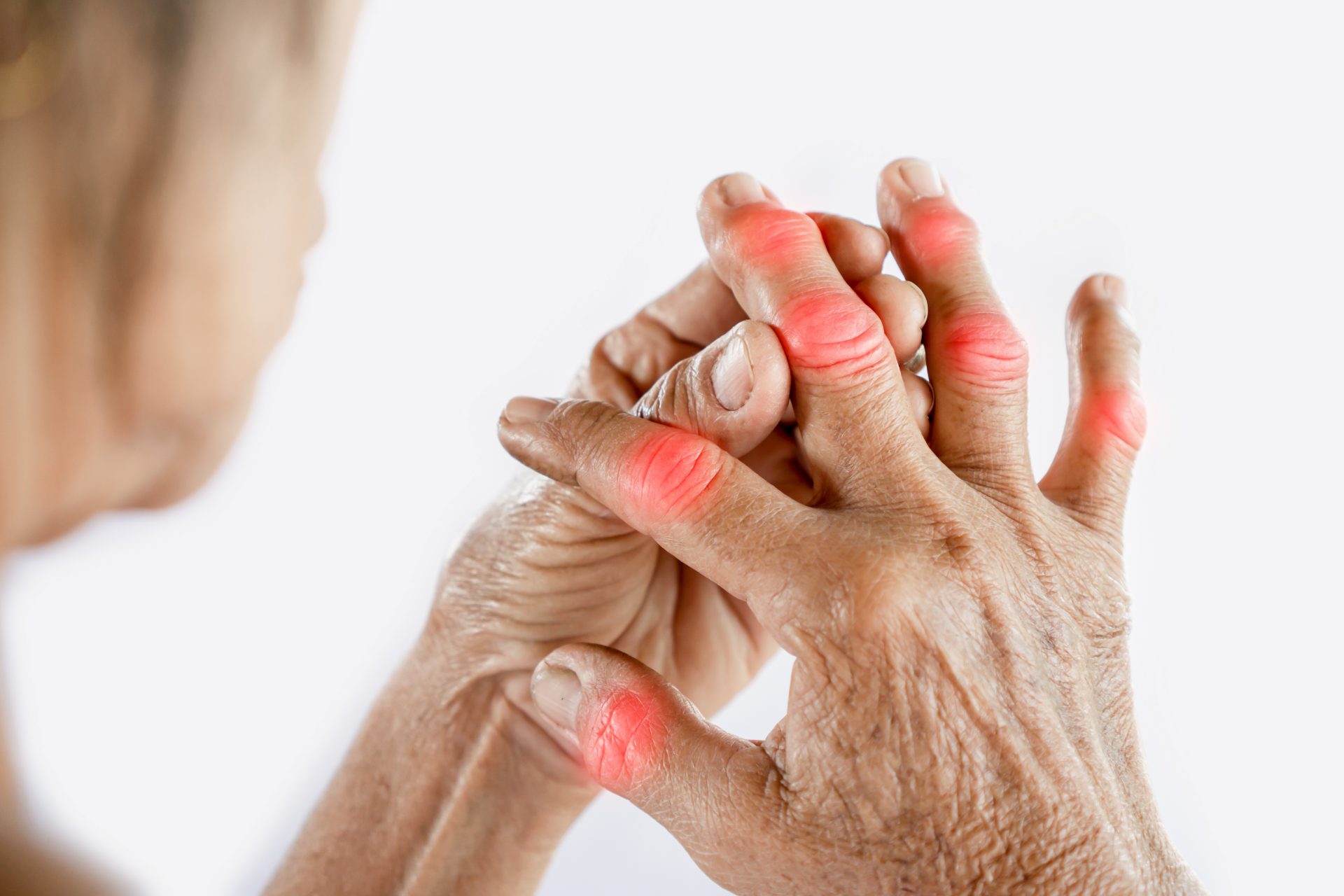Gout (joint inflammation), a common form, is seen in people with high blood levels of uric acids. If a patient has high blood levels for a prolonged period of time, they will develop uric acids crystals in their joints. The crystals can cause joint inflammation, which can be very painful, swelling, reddening, hot, and painful. Gouty arthritis, also known as gout, is a condition that causes inflammation of the joint. If you need to know more about gout you can enter here: Gout Home Remedy
What causes Gout caused by Uric Acid?
Uric acid is a substance that is produced in the liver. It comes from the metabolism purine, which is a type protein found in our food. Our body produces more uric acid the more purine we consume. Humans lost the ability to make an enzyme called “uricase” during evolution. This enzyme transforms uric acids into allantoin. Allantoin is a substance that’s much more easily soluble in blood. Humans have higher levels of uric acid than other mammals.
Because most people can eliminate excess uric acid through their kidneys, our blood levels of uric acids do not reach dangerous levels. Women of reproductive age have lower levels due to estrogen’s influence on uric acid elimination. Despite the best efforts of our kidneys, our blood levels of uric acids are not at the limit of solubility. This causes small increases in concentration to precipitate (crystallize) uric acids in the tissues. One of the best natural supplements for Gout can be found here: Gout Treatment
Uric acid dissolves best at temperatures higher than 37 degrees Celsius, which is the blood temperature. Actually, the temperature in our joints is much lower than that. In some cases, it can reach 32 degrees Celsius. This favors crystal formation in these areas. (Tape your knee and compare the temperature to your legs or thighs with your knee). The tissues are deposited with sodium urate.
When uric acid crystals (or sodium urate) become deposited in the joints they cause an intense inflammation reaction that leads to very painful arthritis (inflammation the joints), called gout. Uric acid is dissolved in blood until levels of 7.0 mg/dl. The blood level of uric acid is 7.0 mg/dl. Above that, crystallization and deposition are possible in tissues. Crystallization can occur in even the most warm tissues such as skin if the blood concentration of urine acid continues to increase. It is important to remember that gout can only be developed after a few years of high uric acid.
High Uric Acid Symptoms
Hyperuricemia (high blood uric acid) does not cause symptoms. More than 2/3 people with high levels of uric acid don’t know this. However, symptoms do not necessarily mean that high uric acid levels aren’t causing complications. Gout attacks and kidney stones containing uric acid are the most common. To fight Gout it is important to follow a specific diet, here you can learn more about it: Gout Diet
Gout sufferers with a history report scaling of their hands and feet when their uric acid levels rise. There is no evidence that such a relationship exists. Scaling of the feet and hands is often caused by dry skin, not elevated uric acid.
Gout Symptoms
Gout can be manifested as arthritis. Gout is a condition that causes inflammation in a joint. It can be characterized by redness, swelling, pain and heat.
Gout is a monoarthritis. This is arthritis that only affects one joint during a crisis. Gout affects the most the joints of the feet, particularly the first toe (thumb), and the knees. There are several natural remedies to combat gout: Home Remedies For Gout
Gout arthritis can be so severe that people are unable to cover their feet. The simple touch of the sheet against the inflamed area causes severe pain. You may experience fever and chills, which can mimic an infectious condition.
Gout attacks last for a few days before disappearing spontaneously. The time between the first and second crises can be up to two years. Gout attacks can become more severe and frequent if left untreated.
Risk Factors for Gout
- Obesity.
- Hypertension.
- Joint trauma.
- You can fast for long periods.
- alcohol consumption
- Consumption of purine-rich foods is high.
- Diuretics are medications that increase the uric acid level.
Treatment
Gout treatment can be divided into two parts: prophylaxis and treatment of the crisis. Gout is not a cure but can be controlled. Here you can learn more about the symptoms of gout: Gout Symptoms
Gout Treatment
Gout is treated with common anti-inflammatory drugs (NSAIDs), and/or colchicine. Colchicine is more toxic than anti-inflammatory medications (especially for the stomach and kidneys) and effectively controls gout. However, it can cause nausea, vomiting, and diarrhea. The dose taken is usually the determining factor. It is less common at low doses.
Corticosteroids are potent anti-inflammatory drugs of spheroidal nature that can be used in patients who cannot tolerate NSAIDs and colchicine. Acetylsalicylic Acid (also known as aspirin) should be avoided. It has an anti-inflammatory effect but also reduces the excretion of uric acid through the kidneys. Here we answer several questions about Gout: Gout Home Remedies
